President Donald Trump confirmed on July 22nd that the United States will impose a 19% across‑the‑board tariff on goods arriving from the Philippines, finalizing terms shortly after Oval Office talks with President Ferdinand “Bongbong” Marcos Jr. Trump framed the move as part of his wider “reciprocal‑tariff” program and said U.S. exports will face zero duty in Manila, calling the agreement “a beautiful visit” that cements the allies’ economic and military partnership. The 19 % rate replaces a 20 % levy threatened in early July and supersedes the interim 17 % tariff announced in April.
Terms and Timing
Under the deal, the United States keeps its imports open to Philippine products at the new 19 % rate while Manila eliminates nearly all tariffs on U.S. farm goods, industrial machinery, and technology hardware. The pact locks in reciprocal provisions ahead of Trump’s self‑imposed August 1ˢᵗ deadline, after which non‑signatory countries will default to even higher U.S. rates. Treasury officials insist the structure satisfies the president’s goal of narrowing bilateral deficits—Washington bought $23.5 billion in Philippine goods last year and ran a $4.9 billion trade gap. U.S. negotiators say the duty can fall below 19 % only if future talks produce additional market‑access concessions such as lifting caps on American medical devices and autos.
Strategic Context
The Philippines occupies a pivotal spot in Washington’s Indo‑Pacific strategy. Marcos has expanded U.S. basing access, hosted record‑size joint drills, and allowed the deployment of a U.S. ground‑based missile battery near Luzon. Trump publicly linked the tariff talks to those security commitments, calling the archipelago “a very important nation militarily” and praising Marcos for “distancing from China.” The White House brushed aside concerns that the new tariff could push Manila closer to Beijing, arguing that stable defense ties outweigh short‑term trade friction. Marcos maintained an “independent foreign policy,” noting that Manila still seeks economic cooperation with China even as it tightens defense coordination with Washington.
For regional analysts, the tariff underscores the transactional edge of Trump’s second‑term trade doctrine: even treaty allies face levies unless they deliver U.S.‑favored terms. The Philippines joins Indonesia in accepting a 19 % rate, while Vietnam holds at 20 % and Japan and South Korea remain under threat of 25 % duties if talks stall. Lawmakers in Manila worry that agreeing to zero tariffs on U.S. goods could expose local farmers and small manufacturers, but the Marcos administration views guaranteed access to the U.S. market—and implicit security backing—as worth the price.
Domestic and Economic Impact
Initial market reaction was muted. Shares of Philippine export manufacturers slipped on the Manila exchange, but the peso held steady as investors digested details suggesting most electronics, coconut products, and garments—Manila’s top shipments—will remain competitive despite the duty. Economists at Nomura estimate the 19 % tariff could shave 0.3 %age points off Philippine GDP over the next year, an effect partly offset by new U.S. farm contracts and defense‑industry offsets embedded in the deal.
American farm lobbies cheered sudden duty‑free entry into a 115 million‑person market that already imports $3 billion in U.S. soybeans, meat, and wheat. Semiconductor and aerospace firms also welcomed language recognizing U.S. product safety and export‑control standards, cutting compliance costs for components shipped to assembly plants north of Manila. Labor unions offered mixed reviews: steelworkers praised protection from low‑cost Philippine metal fabricators, while retailers warned consumers will see higher prices on imported apparel and fruit.
On Capitol Hill, Republican hawks hailed the tariff as leverage that produced a quick concession from Manila; Democrats questioned the wisdom of taxing a frontline ally against China but stopped short of proposing legislation to overturn the duty. Treasury Secretary Scott Bessent, briefing reporters, argued the rate is “high enough to spur negotiations, low enough to keep supply chains intact,” and can fall further once the Philippines “fully opens its economy to American workers.”
Next Steps and Potential Complications
Implementation begins immediately: Customs and Border Protection will start assessing the 19 % duty on shipments clearing U.S. ports after 12:01 a.m. on August 1ˢᵗ. Goods already at sea are eligible for a 60‑day grace period if importers pre‑pay duties at the old 10 % provisional rate. Manila must publish its own tariff schedule for U.S. goods within 30 days and legislate compliance within 120 days—timelines Philippine lawmakers say are tight but achievable.
Both sides also agreed to reopen talks in November to evaluate the agreement’s impact, including potential carve‑outs for critical minerals and Philippine marine products subject to U.S. sanitary rules. Failure to hit implementation milestones allows either party to restore the 20 % rate or raise duties further. Trump has already warned Manila that trans‑shipment of Chinese goods through Philippine free‑trade zones will trigger a punitive 40 % tariff.
Longer term, success will be measured by whether the Philippines boosts imports of American grain, energy, and aircraft—as Indonesia pledged in its parallel 19 % deal—and whether U.S. firms expand manufacturing in Clark and Subic freeports now that their exports face lower Philippine tariffs. Strategists will also watch how Beijing reacts: the Philippines has endured regular Chinese coast‑guard harassment at Scarborough Shoal and Second Thomas Shoal; closer economic alignment with Washington could invite more pressure at sea.
For now, Trump can claim another victory in his effort to overhaul post‑war trade rules, and Marcos returns home with guaranteed U.S. market access—though at a tariff cost higher than existing rates.



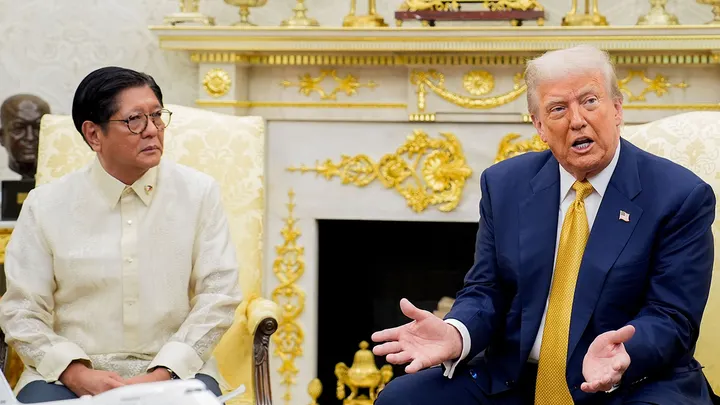
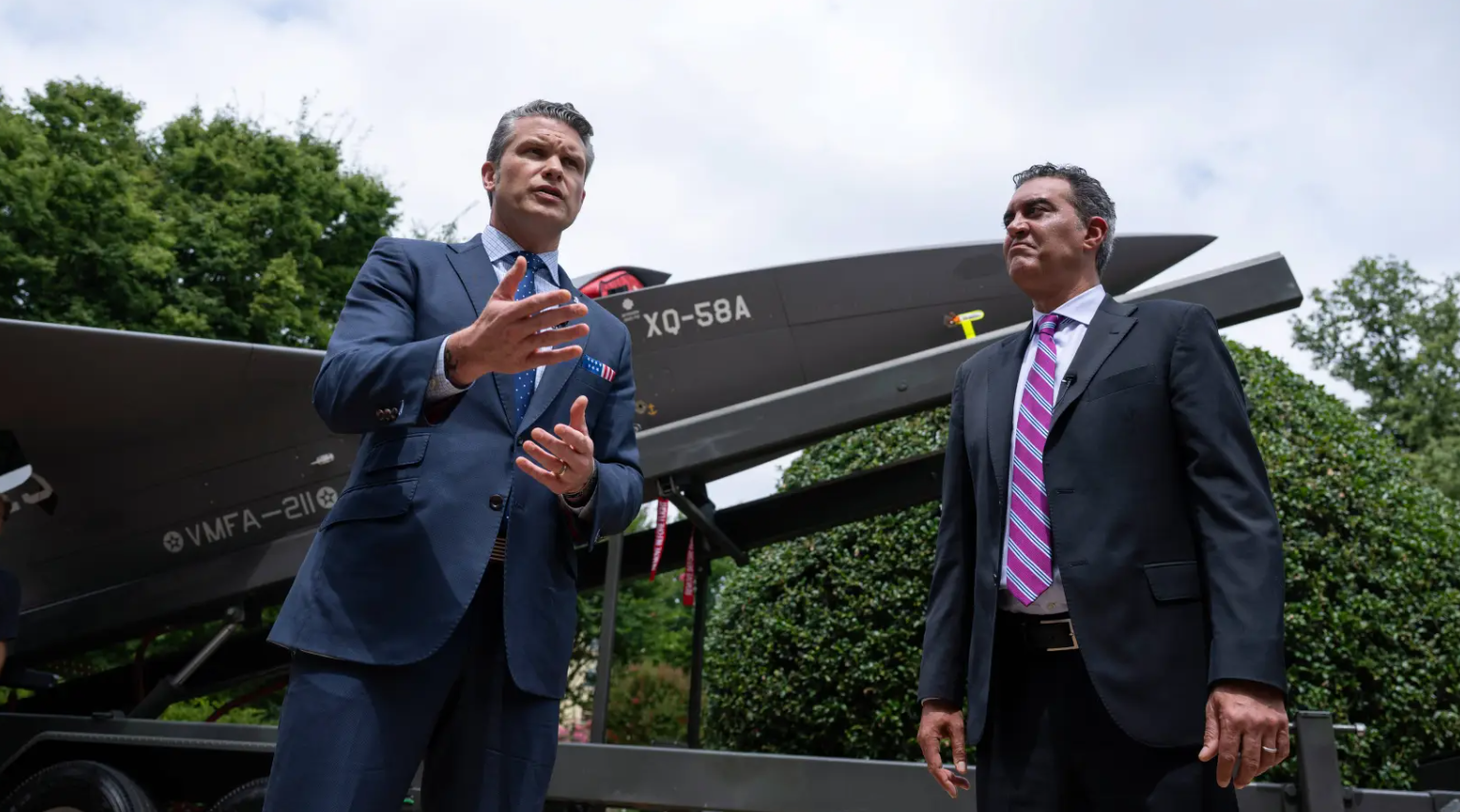

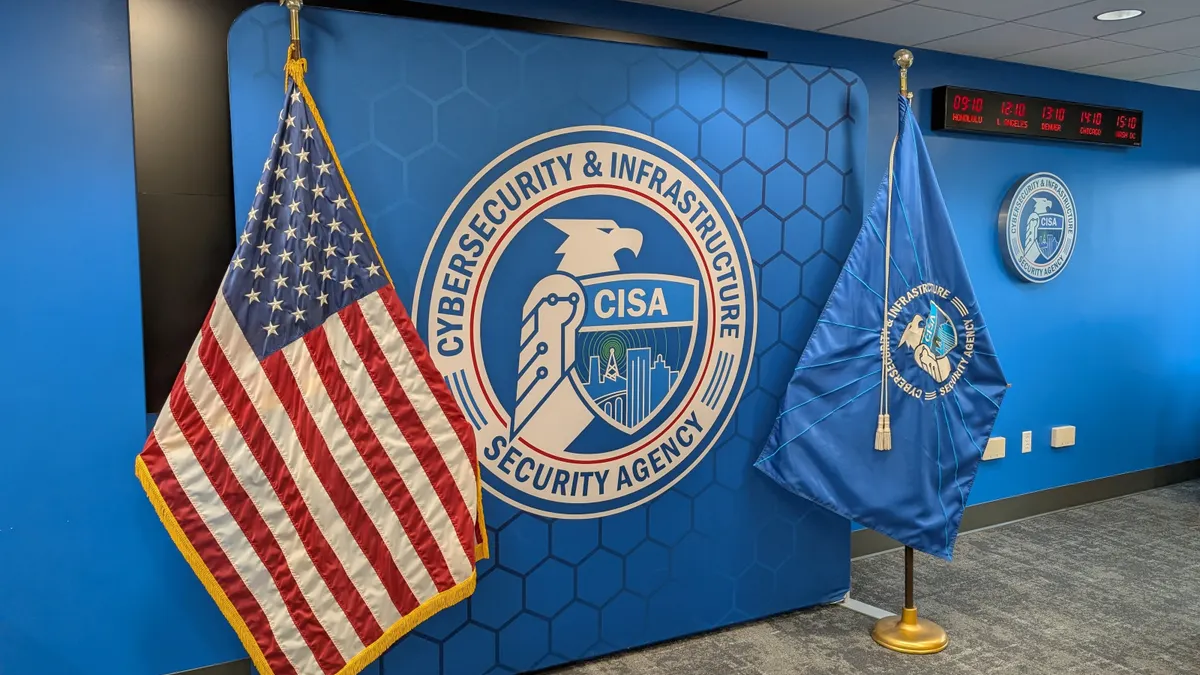
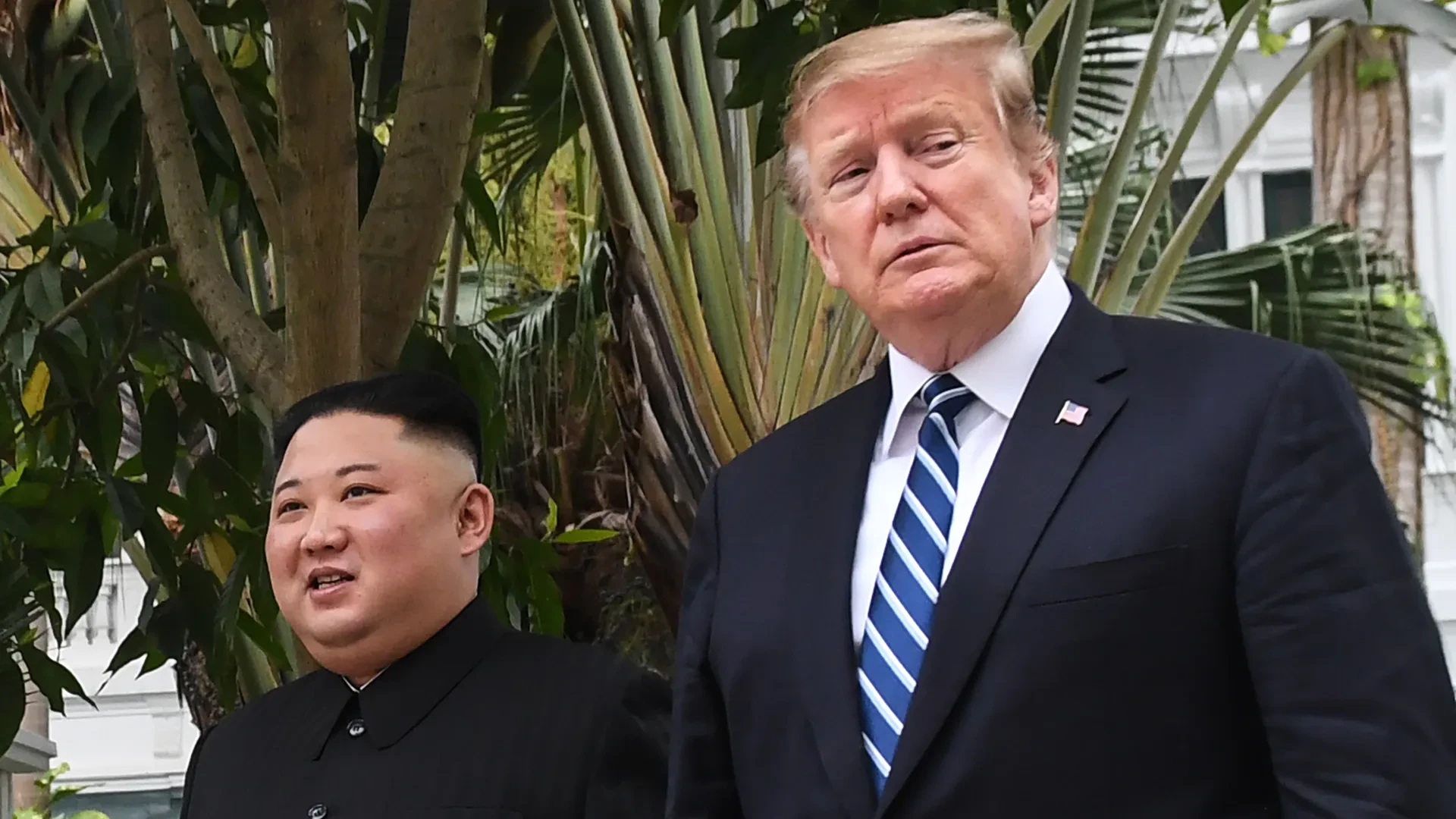
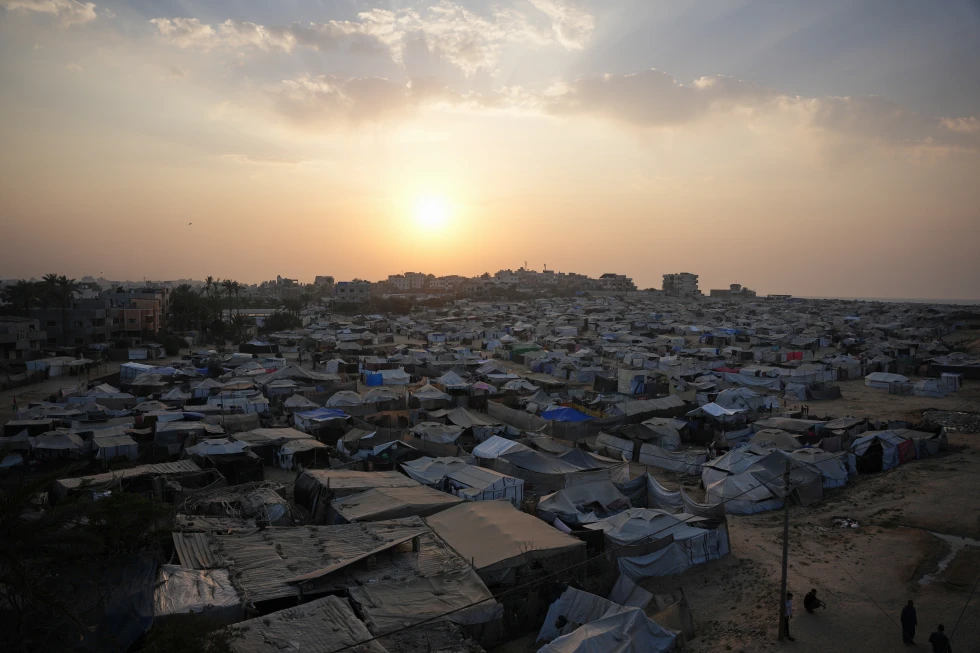
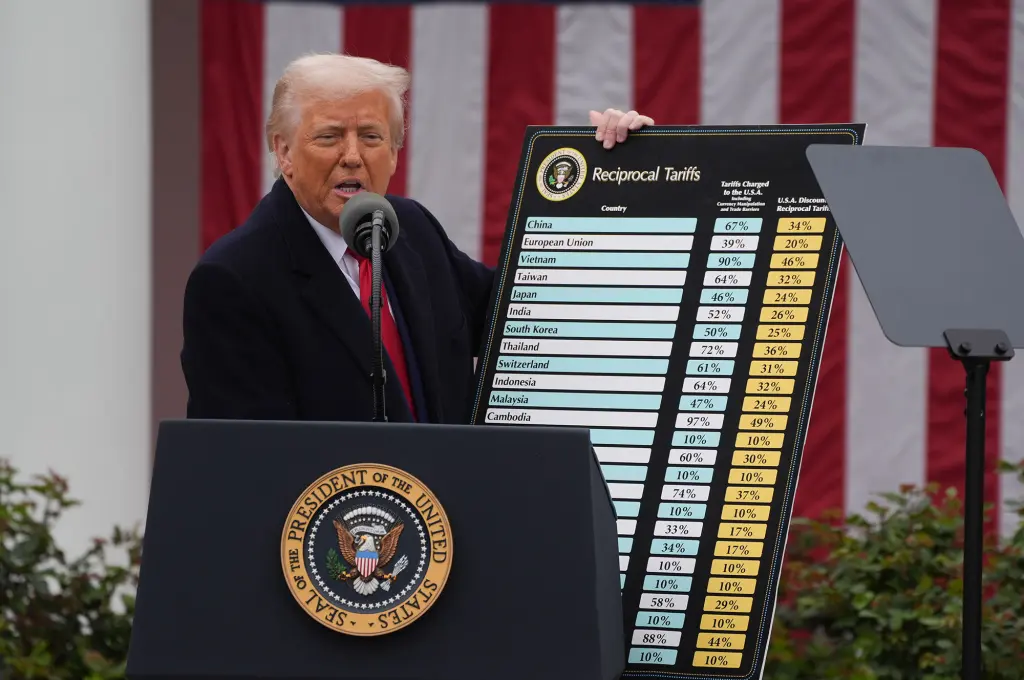
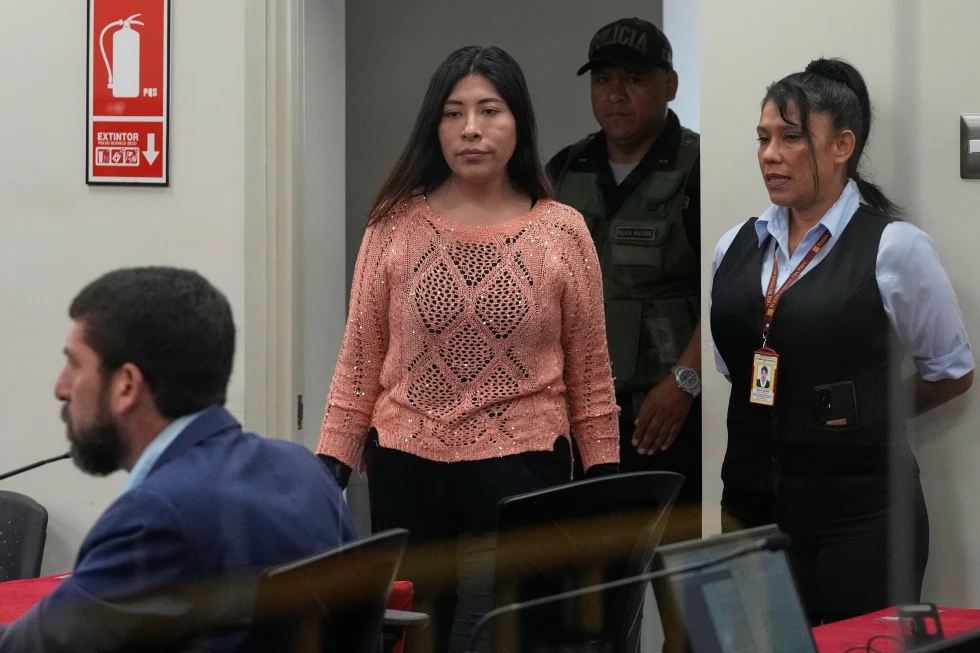
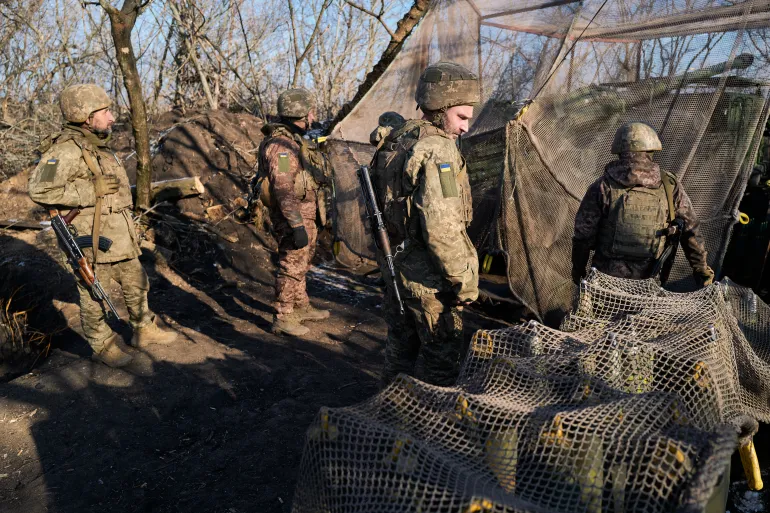

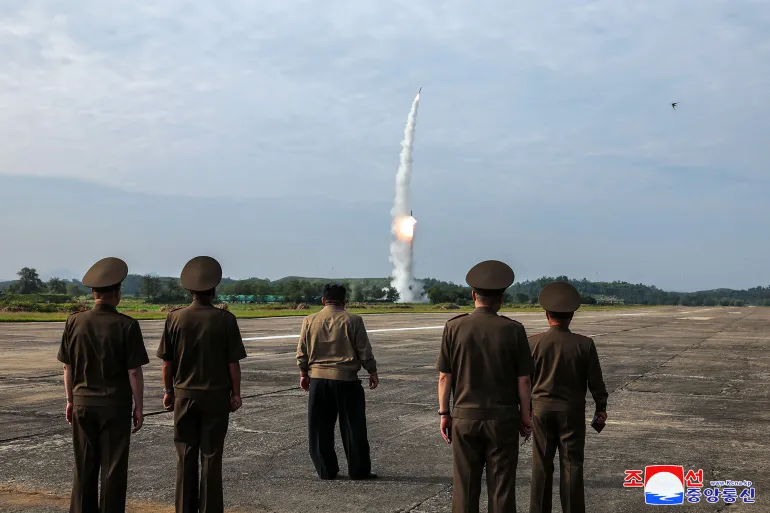

Discussion